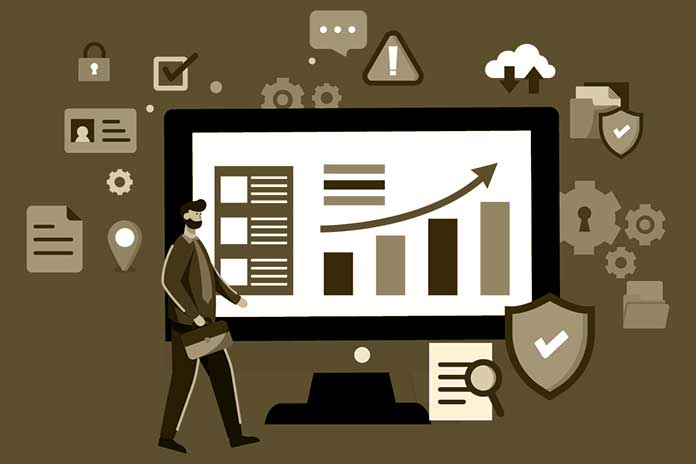Ignorance does not protect against punishment: Even undetected compliance violations can cost companies dearly. Digital solutions based on artificial intelligence and machine learning shed light on opaque supply chains and help to comply with the relevant laws.
Compliance software as a solution? Supply chains are becoming increasingly global, complex and challenging to understand. At the same time, companies have to comply with increasingly strict regulations. For example, the Supply Chain Due Diligence Act requires all direct suppliers to be checked for compliance with minimum social and ecological standards from 2023. This initially applies to all companies with at least 3,000 employees – from 2024, at least 1,000 employees. However, a legislative initiative of the Union is already in preparation, which, according to the first drafts, sets the threshold at 500 employees, significantly lower than the supply chain law. On the other hand, even stricter controls for the companies are required. In the event of violations, severe sanctions and fines are expected.
No Ostrich Policy
Sticking your head in the sand, according to the motto: close your eyes and through, is not an option. Because compliance violations are no longer just a cost factor, companies have an excellent reputation to lose. Today, well-informed consumers want to know what the entire value chain of a product looks like. Brands or organisations that do not align themselves with the so-called ESG criteria (environment, social and governance) are increasingly being criticised. If environmental standards are not observed or there are allegations of exploitation, the loss of trust among business partners, customers and employees is high, and the reputation is severely damaged – sometimes permanently.
Compliance Software: Artificial Intelligence Protects Company Resources
Companies across all industries now recognize how important it is to invest in a functioning compliance management system. However, small and medium-sized companies, in particular, often lack the necessary resources. Especially in terms of personnel, because the tedious manual review of Excel lists, self-disclosures from business partners and other data sources takes a lot of time and ties up specialists who are needed elsewhere. Intelligent compliance software helps to automate this process, get reliable assessments quickly, to improve documentation and ultimately to establish a stable compliance culture in the company.
Tailored And Easy To Use
What exactly can compliance software do? First and foremost, it’s about minimising risks, i.e. offering a high level of security when checking supply chains and business partners. However, it is also essential for the practical implementation that the application is simple and intuitive so that not only IT specialists can work with it and the software is well received by the employees. A cloud solution that can be integrated into the existing IT architecture without significant implementation effort is ideal. In this case, you don’t have to worry about updates either. In addition, it should be possible to tailor and scale the software to the respective company’s requirements.
Compliance Software: From Risk Analysis
Implementing compliance software begins with a risk analysis. All business processes are analysed. Dangerous areas that could affect relevant compliance topics such as anti-corruption, antitrust law, data protection or money laundering are identified. At the same time, measures are defined from a coordinated target catalogue for risk reduction. Since the quality of the findings stands and falls with the data quality, the software also supports cleaning the data and removes misspellings of names or double entries. All inventory data available in different systems and self-disclosures from third parties and Excel tables from suppliers are then integrated, and the flow of information between the individual programs is guaranteed.
For Data-Based Evaluation
The next step is a risk assessment by third parties based on external sources of information. The software collects and consolidates information from the Internet, such as negative press coverage, Court decisions and sanctions lists. On this basis, she submits a data-based risk assessment and prepares it so that employees can use it as a basis for decision-making. Man and machine work hand in hand here: The software compares the various processes and cases with AI-supported compliance tools. It recognizes connections and provides information based on previous decisions. The system is constantly learning and becoming more and more precise.
How this knowledge is used and what consequences are drawn from it are still judged by the company’s human employees. Because to comply with legal requirements, decisions on different processes must be made on the same data basis and are transparent. Software that adapts without human control and which may result in an additional assessment the next day would be inadmissible.
Living And Implementing Compliance Together
The administration practises sustainable compliance management and is part of the corporate culture. A key success factor here is employee involvement. They must be informed about the relevance and usefulness of the topic right from the start and regularly trained in the applicable rules and regulations – this is the only way they can act with foresight and follow the rules. Suppose AI-based compliance software also ensures natural relief in everyday work thanks to simple configuration, automated evaluation processes and audit-proof documentation. In that case, employees and company management can look forward to upcoming legislative projects with a portion composure.

